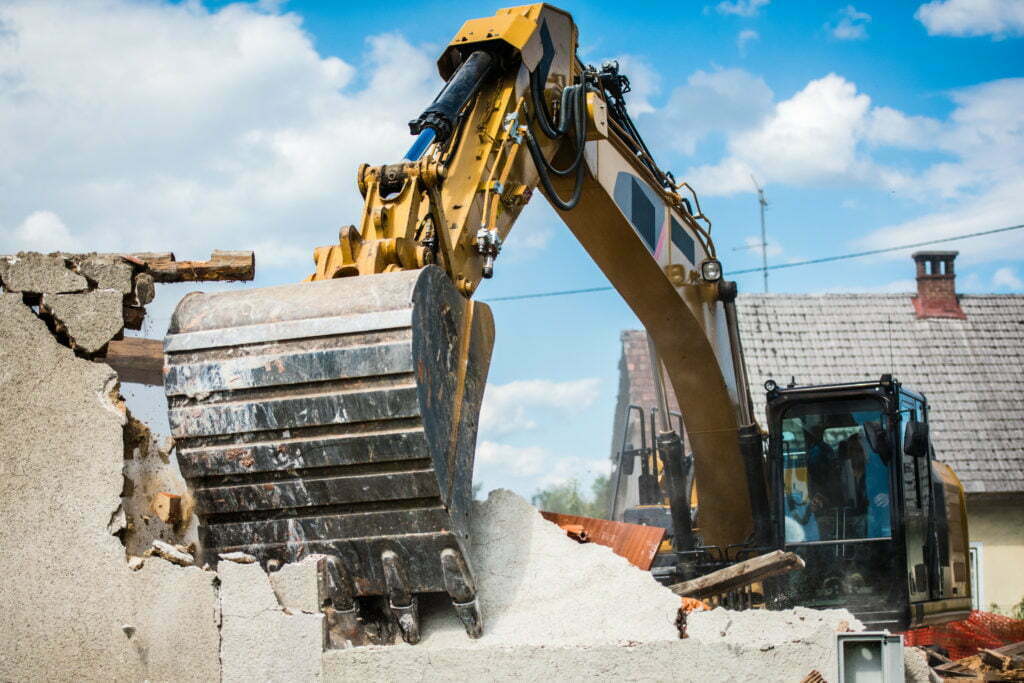It’s not easy to decide whether to demolish or move towards renovation. It necessitates a compromise between distinct goals and ideals. Several factors influence the decision, including environmental and economic benefits, risk assessment, trash management, and waste recycling. Another important component that influences decision-making is knowing the materials and their qualities in existing constructions.

Individual Business Models
Financial returns and profit margins, reputational ramifications for developers, end-user requirements, and the correct timing for renovating an existing building are all factors that affect particular business models.
Investors typically want solid financial business cases; otherwise, they will be hesitant to undertake renovation initiatives. This is a critical issue that could hinder renovation efforts. As a result, it is evident that financial returns influence whether a structure should be renovated or demolished and replaced. Apart from heritage buildings, which must be renovated, the options for renovation and demolition should be carefully considered.
Cost estimation for renovation or demolition projects is imprecise, subjective, and difficult. However, a standard method of evaluating refurbishment and demolition projects is the cost of fixed assets (capital expenditure), the cost of products and services (operational expenses), and the value of an investment over time (capital investment appraisal).
Condition of the Building
The physical state of a structure influences whether or not it should be demolished or repurposed. Risks (unknowns regarding the structure), age (whether the facility satisfies modern standards or not), adaptive flexibility of the building, location, end-user desired aesthetics, and heritage requirements are all factors to consider.
Renovation would be an improper decision due to a lack of data and information about the structure or the materials utilized in its development. Another important consideration in deciding whether to demolish or repair a property is its safety. Adequate risk assessments and surveys may be impossible to conduct due to time restrictions.
Furthermore, unexpected safety risks may occur during the renovation process. This discourages developers from completing existing building renovations. The majority of historic buildings do not comply with existing codes and standards, rendering them obsolete. Finally, in earthquake-prone areas, destroying damaged and ageing structures. Replacing them with earthquake-resistant structures built to modern regulations and standards is a better option.
Sustainability
The expanding relevance of environmental sustainability, operational and embodied carbon footprints, waste management and treatment, occupant health, and social value implications for surrounding communities are all part of the sustainability element.
Investors and developers have been pushed to explore appropriate carbon reduction methods. As knowledge of the building sector’s impact on climate change has grown, as well as setting targets to minimize carbon emissions. Building renovations can be a useful way to reduce emissions from new development projects.
However, one could claim that the building’s operational emissions may not fulfil official standards. Because new technology and materials can help construct buildings with zero carbon emissions, demolition may be a better option.
Along with cost, energy, and carbon indicators. Occupants’ social worth and well-being should be included in decision-making. However, due to a lack of consistency, comparability, and reliability in market measures and valuation tools. Some investors believe that these elements have no impact on their decision-making. Nonetheless, developers should consider social values while carrying out large-scale demolitions because displaced residents would require hefty subsidies and guaranteed alternative dwellings.





